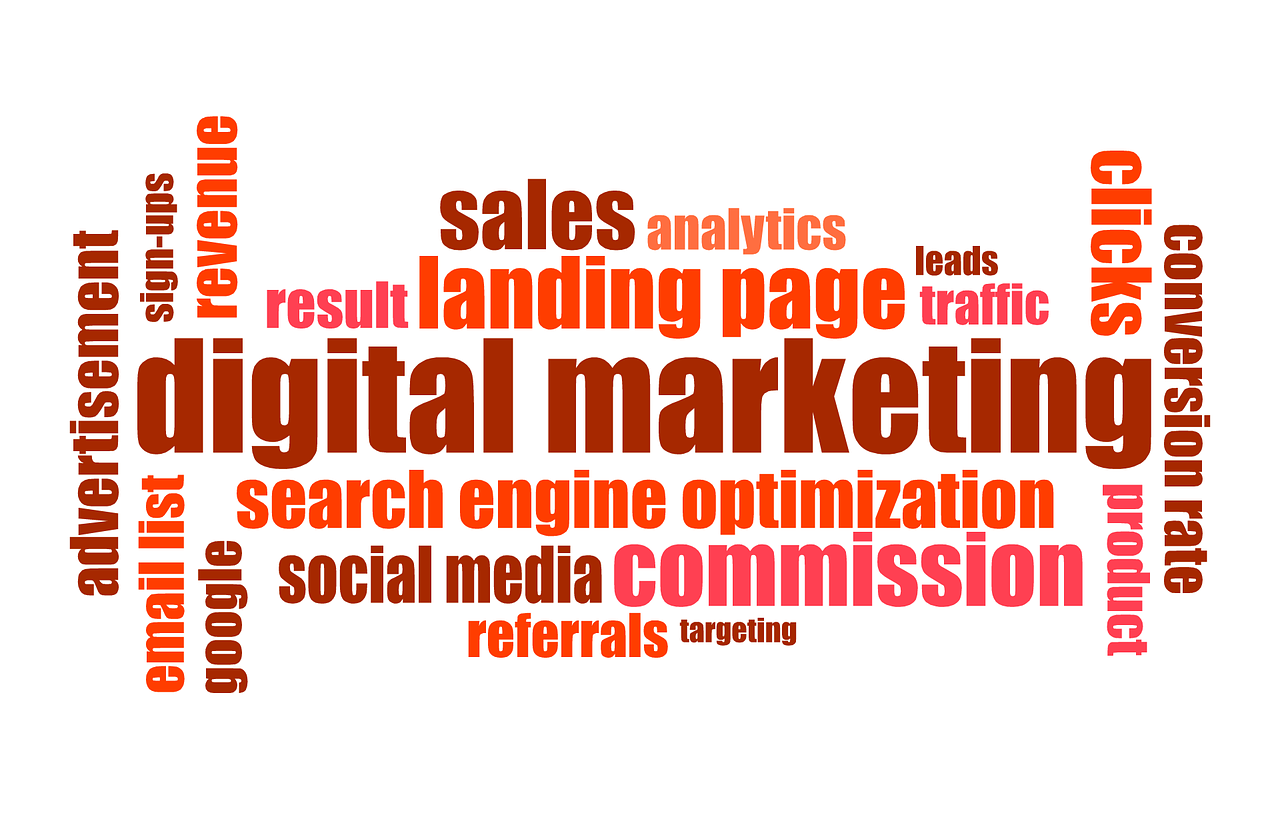Aren’t you happy that you are finding the perfect leads that automatically convert into customers in your digital media campaigns? Behavioral targeting, a recent technique in digital advertising, has enabled marketers to achieve 90% success from their campaigns.
Although the name itself tells about the kind of marketing strategy behavioral targeting is, let’s find out more…
Behavioral targeting effectively uses a customer’s past activity while displaying an ad. While matching an ad with the user, the media planning software uses non-personal and anonymous information from the user.
The fact that identifying user behavior is not just limited to the desktop makes media planning software a versatile technology. There are some mobile media platforms that help companies to target users depending on their mobile search patterns. One of the key factors in mobile tracking is where the users are located when they conduct a particular online search.
How behavioral targeting functions
The agencies use demand-side platforms (DSPs) for buying the advertisements across the networks in real-time. As there is media software that can track the user’s IP address and content type, the user browses using deep package inspection
(DPI), and the marketer is able to identify the ad appropriate for the user. The marketers then buy relevant ads via real-time bidding (RTB) and put them up on the websites. This media planning software allows marketers to focus on ads for granularity specified audiences. The tool uses different kinds of data to show the right ad to the right audience.
Information marketer’s use for behavioral targeting:
- The demographic information that the user has shared with partner websites
- Data extracted by cookies from the websites visited by the consumer
- General assumptions based on the types of websites visited by the user
- Social networking sites for collecting data for this kind of targeting
Types of behavioral targeting
Several technologies and approaches are used in behavioral targeting. Every company in space has its set of nomenclature and approach. However, the entire gamut of behavioral targeting can be roughly divided into three categories:
- Targeting based on affinity
Also known as traditional targeting, the tracking is based on the information the users take in. Here, the user is tracked within a particular category. By consistent consumption trait, the tracking is based on the interest the user shows in web search. This way, advertising is based on unique profiles of users rather than by focusing on the current search that the user has keyed in.
- Re-targeting
This tracking is simpler than affinity-based targeting. Here, the user has already visited a website, made some pre-decision stage activities, but has not completed the action. Usually, users get tagged through cookies and they can be targeted again via some cross-selling prospects. According to the user’s latest interest, an advertisement can be tailor-made using re-targeting.
- Predictive targeting
Predictive targeting is based on a series of data collected both, online and offline. The first step is gathering data online— analyzing user behavior through their clicks and real-time internet surfing. The user gets monitored through the websites they visited the amount of time spent on each website, etc. The first profile of the user gets created through online monitoring. Complete data is then collected by some kinds of socio-demographic survey, which provides complete information on the lifestyle and interests of the user.
Predictive technology is used to analyze the survey data (offline) with performance data (online) to complete the profile. Thus, there is the extrapolation of socio-demographic data of the sample population to a larger user base, using the similarities in the behavioral patterns observed in the sample users to a larger population.
Behavioral targeting is definitely a valuable media planning software for digital advertising. However, you need to beef your strategies up with adequate tactics. Start with the identification of the right audience for a certain media buy, the required accomplishment of the campaign, and consequently its appropriate channels and communication media. Within this framework, identify if behavioral targeting can achieve better or not.
Author Bio:
Preethi Vagadia is currently a Senior Business architect with the Service operations practice at a well-known IT Industry in Bangalore. She has worked in several process improvement projects involving multi-national teams for global customers. She has over 8 years of experience in mortgage technology and has successfully executed several projects in logistics management, logistics integration, reverse logistics, content management system software, warranty software, and programmatic solutions.





















